深入了解Wordpress自定义钩子,掌握如何通过钩子扩展和定制Wordpress功能,提升网站性能和用户体验。本文将详细介绍Wordpress钩子的概念、类型、使用方法及实战案例,帮助开发者高效利用钩子进行网站开发。
WordPress作为全球最受欢迎的内容管理系统(CMS),其强大的扩展性和灵活性备受开发者青睐。而Wordpress钩子(Hooks)正是实现这一特性的核心机制。通过自定义钩子,开发者可以轻松扩展和定制Wordpress的功能,提升网站性能和用户体验。

什么是Wordpress钩子?
WordPress钩子是一种特殊的函数,允许开发者在不修改核心代码的情况下,插入自己的代码来改变或扩展Wordpress的功能。钩子分为两大类:动作钩子(Action Hooks)和过滤器钩子(Filter Hooks)。
- 动作钩子:用于在特定时刻执行某些操作。例如,在文章发布时发送通知邮件。
- 过滤器钩子:用于修改或过滤某些数据。例如,修改文章内容的显示方式。
如何使用Wordpress自定义钩子?
要使用Wordpress自定义钩子,首先需要了解如何定义和使用这些钩子。以下是详细的步骤和示例。
1. 定义自定义钩子
在主题的functions.php文件或自定义插件中,可以使用add_action或add_filter函数来定义自定义钩子。
// 定义一个动作钩子add_action('my_custom_action', 'my_custom_function');function my_custom_function() {// 执行某些操作echo '自定义动作钩子被触发!';}// 定义一个过滤器钩子add_filter('my_custom_filter', 'my_custom_filter_function');function my_custom_filter_function($content) {// 修改内容return $content . ' 自定义过滤器钩子被应用!';}// 定义一个动作钩子 add_action('my_custom_action', 'my_custom_function'); function my_custom_function() { // 执行某些操作 echo '自定义动作钩子被触发!'; } // 定义一个过滤器钩子 add_filter('my_custom_filter', 'my_custom_filter_function'); function my_custom_filter_function($content) { // 修改内容 return $content . ' 自定义过滤器钩子被应用!'; }// 定义一个动作钩子 add_action('my_custom_action', 'my_custom_function'); function my_custom_function() { // 执行某些操作 echo '自定义动作钩子被触发!'; } // 定义一个过滤器钩子 add_filter('my_custom_filter', 'my_custom_filter_function'); function my_custom_filter_function($content) { // 修改内容 return $content . ' 自定义过滤器钩子被应用!'; }
2. 触发自定义钩子
在需要的地方触发自定义钩子,可以使用do_action或apply_filters函数。
// 触发动作钩子do_action('my_custom_action');// 触发过滤器钩子$content = '原始内容';$filtered_content = apply_filters('my_custom_filter', $content);echo $filtered_content;// 触发动作钩子 do_action('my_custom_action'); // 触发过滤器钩子 $content = '原始内容'; $filtered_content = apply_filters('my_custom_filter', $content); echo $filtered_content;// 触发动作钩子 do_action('my_custom_action'); // 触发过滤器钩子 $content = '原始内容'; $filtered_content = apply_filters('my_custom_filter', $content); echo $filtered_content;
实战案例:使用自定义钩子扩展Wordpress功能
以下是一个实际案例,展示如何使用自定义钩子在Wordpress中添加自定义字段并显示在文章页面上。
1. 添加自定义字段
首先,定义一个动作钩子来添加自定义字段。
add_action('add_meta_boxes', 'add_custom_meta_box');function add_custom_meta_box() {add_meta_box('custom_meta_box', '自定义字段', 'custom_meta_box_callback', 'post');}function custom_meta_box_callback($post) {// 输出表单字段echo '<label for="custom_field">自定义字段值:</label>';echo 'ID, 'custom_field', true)) . '" />';}add_action('save_post', 'save_custom_meta_data');function save_custom_meta_data($post_id) {if (isset($_POST['custom_field'])) {update_post_meta($post_id, 'custom_field', sanitize_text_field($_POST['custom_field']));}}add_action('add_meta_boxes', 'add_custom_meta_box'); function add_custom_meta_box() { add_meta_box('custom_meta_box', '自定义字段', 'custom_meta_box_callback', 'post'); } function custom_meta_box_callback($post) { // 输出表单字段 echo '<label for="custom_field">自定义字段值:</label>'; echo 'ID, 'custom_field', true)) . '" />'; } add_action('save_post', 'save_custom_meta_data'); function save_custom_meta_data($post_id) { if (isset($_POST['custom_field'])) { update_post_meta($post_id, 'custom_field', sanitize_text_field($_POST['custom_field'])); } }add_action('add_meta_boxes', 'add_custom_meta_box'); function add_custom_meta_box() { add_meta_box('custom_meta_box', '自定义字段', 'custom_meta_box_callback', 'post'); } function custom_meta_box_callback($post) { // 输出表单字段 echo ''; echo 'ID, 'custom_field', true)) . '" />'; } add_action('save_post', 'save_custom_meta_data'); function save_custom_meta_data($post_id) { if (isset($_POST['custom_field'])) { update_post_meta($post_id, 'custom_field', sanitize_text_field($_POST['custom_field'])); } }
2. 显示自定义字段
然后,定义一个过滤器钩子来在文章内容中显示自定义字段。
add_filter('the_content', 'display_custom_field');function display_custom_field($content) {$custom_field_value = get_post_meta(get_the_ID(), 'custom_field', true);if ($custom_field_value) {$content .= '<p>自定义字段值:' . esc_html($custom_field_value) . '</p>';}return $content;}add_filter('the_content', 'display_custom_field'); function display_custom_field($content) { $custom_field_value = get_post_meta(get_the_ID(), 'custom_field', true); if ($custom_field_value) { $content .= '<p>自定义字段值:' . esc_html($custom_field_value) . '</p>'; } return $content; }add_filter('the_content', 'display_custom_field'); function display_custom_field($content) { $custom_field_value = get_post_meta(get_the_ID(), 'custom_field', true); if ($custom_field_value) { $content .= '自定义字段值:' . esc_html($custom_field_value) . '
'; } return $content; }
通过以上步骤,我们成功地在Wordpress中添加了一个自定义字段,并在文章页面上显示其值。
总结
WordPress自定义钩子是提升网站功能的重要工具,通过合理使用动作钩子和过滤器钩子,开发者可以灵活扩展和定制Wordpress,打造出功能丰富、用户体验优良的网站。希望本文的介绍和实战案例能帮助您更好地理解和应用Wordpress自定义钩子。

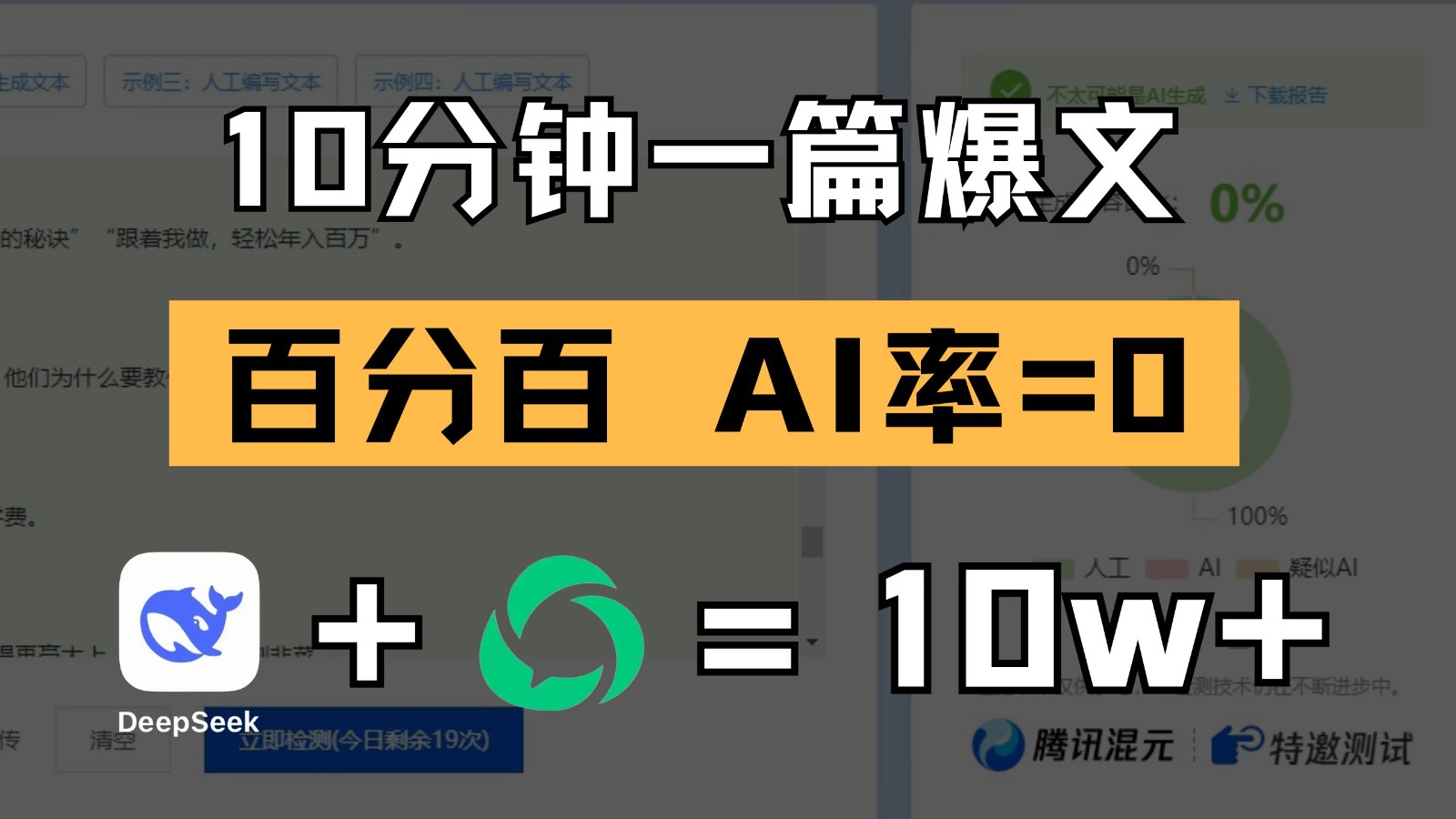






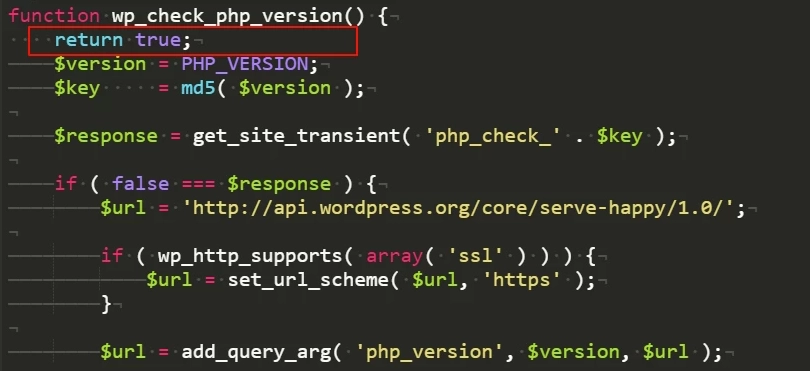
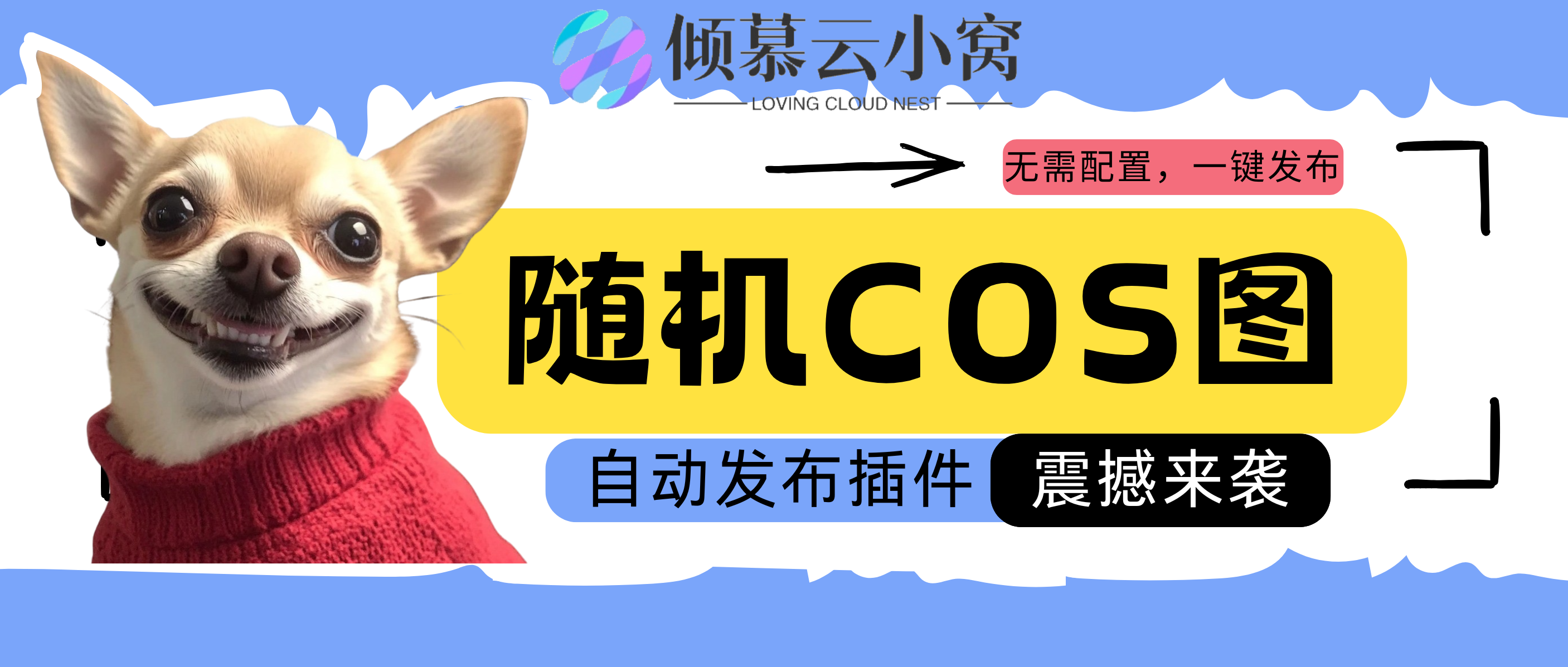

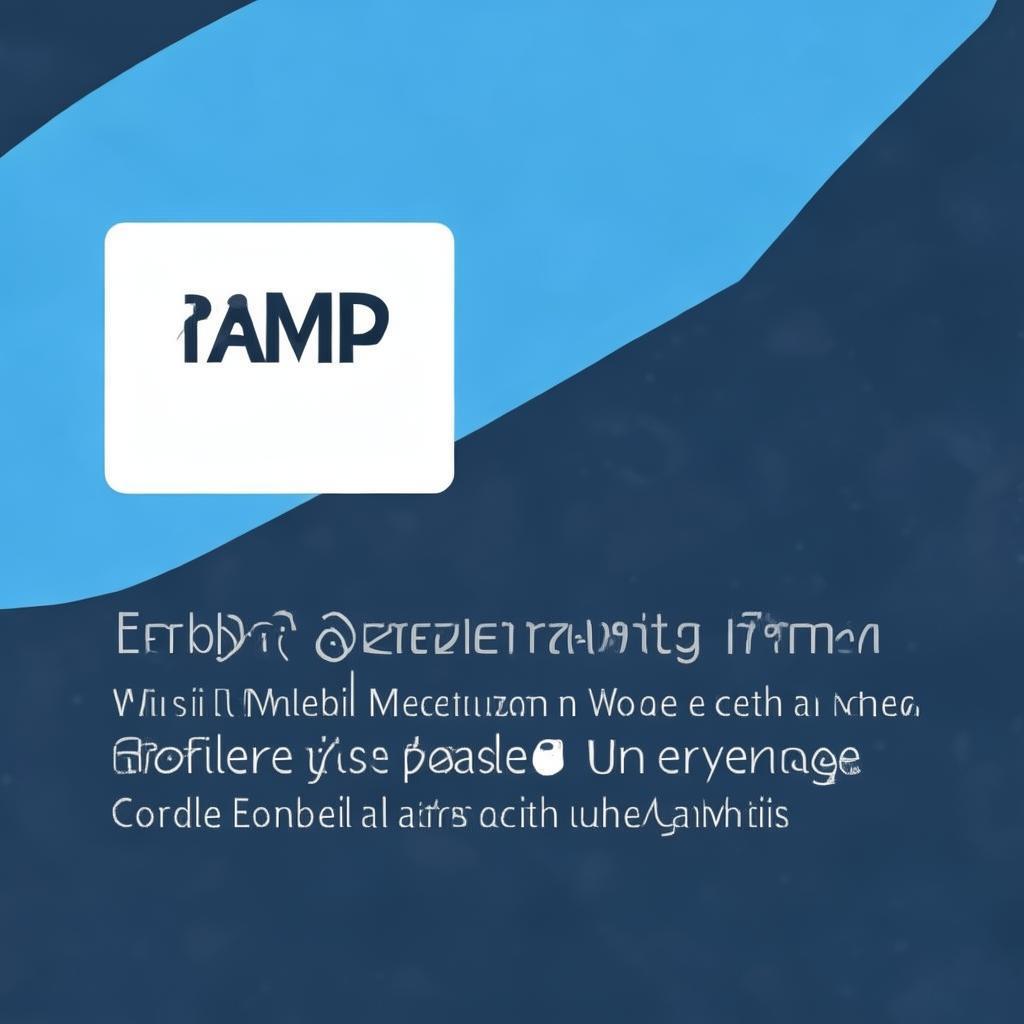

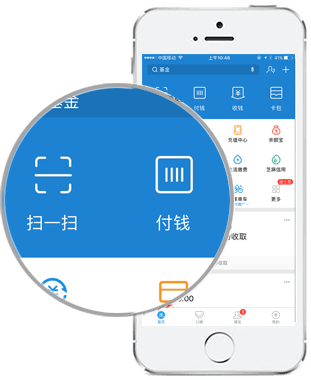
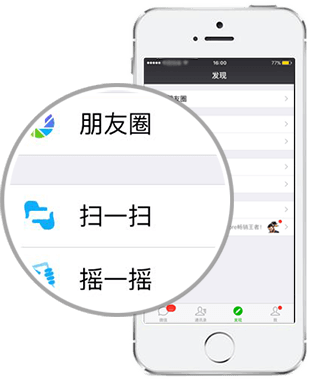
暂无评论内容